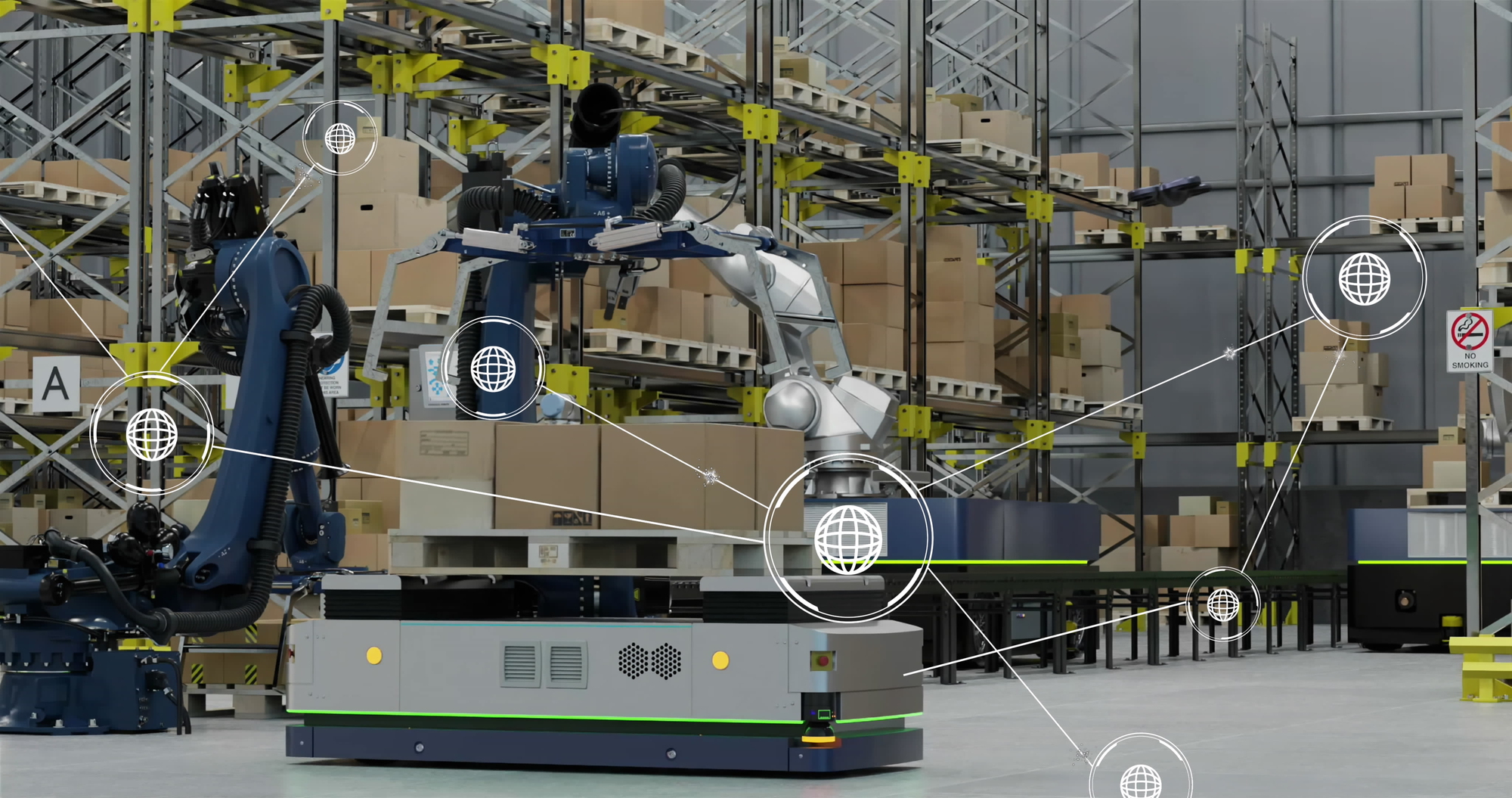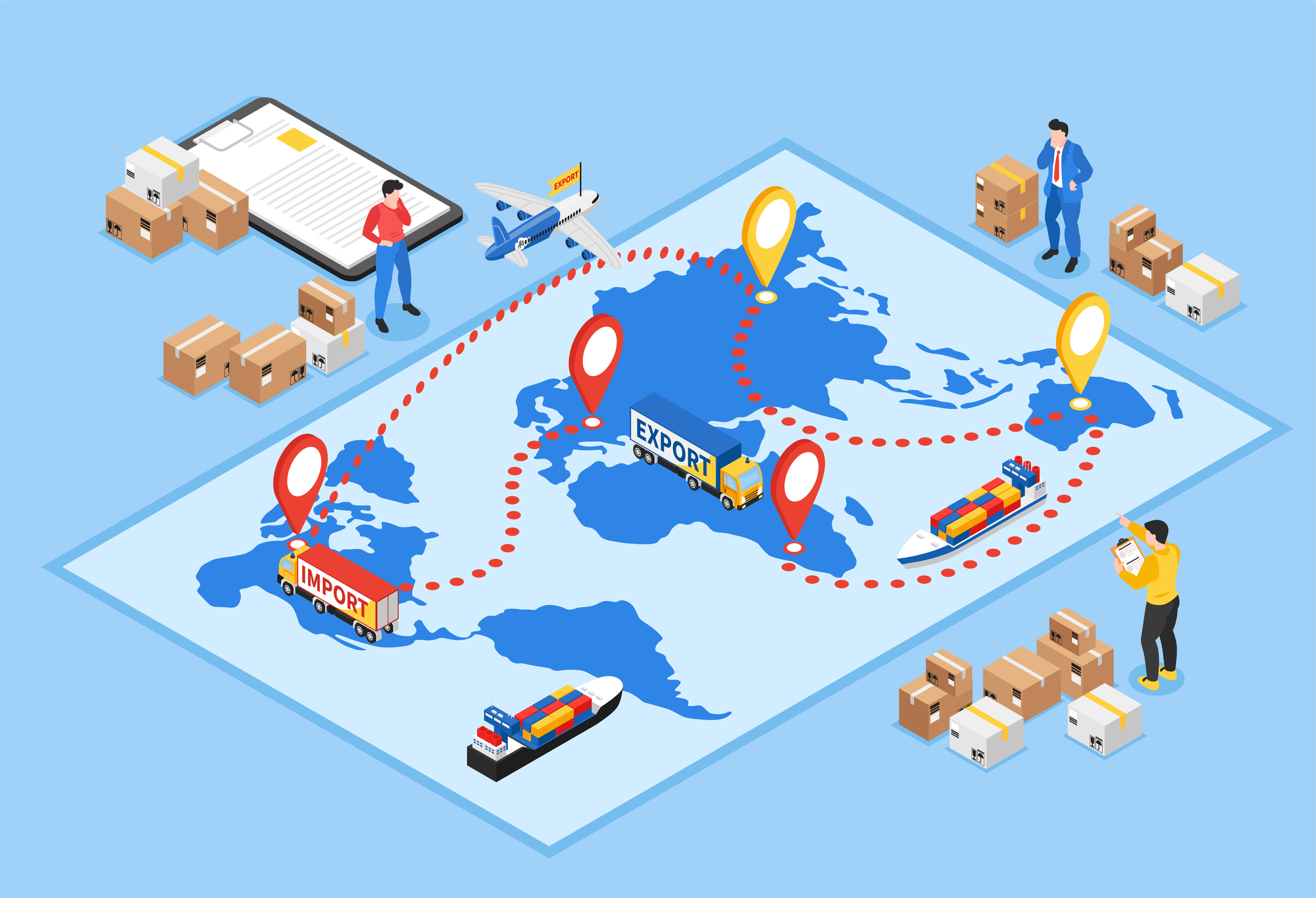Posted by John Delligatti on Wed, 10/16/2019
Earlier this month, UPS received FAA approval to operate a drone fleet to deliver packages to hospitals and university campuses. Tesla introduced its new Smart Summon feature that allows you to remotely summon your car, and (theoretically) it will drive itself to you. And just yesterday, Forbes published its list of “11 Traditionally Manual Business Functions that Should be Automated.”
While it’s clear that Industry 4.0 is a business reality, there is still a chasm that needs to be crossed in digital transformation when it comes to RPA, or robotic process automation for supply chain management. Whether it’s a knowledge gap, lack of budget, or general fear of moving first, some organizations are hesitant to get started.
I recently published a LinkedIn article that talks about how organizations can use RPA software to automate back office functions like the AP audit trail.
RPA Supply Chain in Action
RPA software essentially reduces the non-value-added time that employees spend on tasks, allowing them to focus on what matters most: delighting customers. In my article, I discuss a few basic applications for RPA software.
- The AP Process – A quick win for a possible RPA software project is to automate the Accounts Payable process. Matching invoicing to purchase orders; accepting invoicing that matches expectations; or investigating and quickly resolving any exceptions. With RPA software it’s possible to have an event such as a pricing discrepancy trigger an action to automatically follow up with the vendor. Once the vendor replies, the RPA software can be programmed to understand the reply and take action based on that reply, such as updating the PO records in all systems. All with 100% accuracy since a robot is not susceptible to human error.
- The Sourcing Process – While there’s no replacement for category expertise and a depth and breadth of market intelligence, some tasks are simply time consuming and don’t require any decision-making or relationship-building skills. RPA software could help with anything from automatically running part numbers against internal databases, to consolidating sourced vendor quotes, to comparing a data set against last price paid.
The Sky is the Limit
Organizations and manufacturers in particular are always looking for ways to reduce cost, increase revenue/productivity, and improve their position within the competitive landscape in this ever-changing industrial world. But they’re unable to scale and are challenged by manually captured, paper-based data; siloed systems and functions internally that can’t communicate with each other; and lack of visibility into the activity on the plant floor and across the enterprise. But taking a digital supply chain approach increases visibility, speed, and agility. So much so that the Harvard Business Review has stated that the valuations on companies that have made the digitial transition are 7-21% higher than their analog peers (June 18, 2019).
It’s important to reiterate that RPA software is not a way to automate skilled labor out of the job. With the assistance of robotics process automation software, companies will be able to scale at unprecedented rates and use their most valuable assets, their employees, to increase their value rather than push buttons. To learn more about how automation can simplify and improve processes such as MRO and supply chains, request information here.





